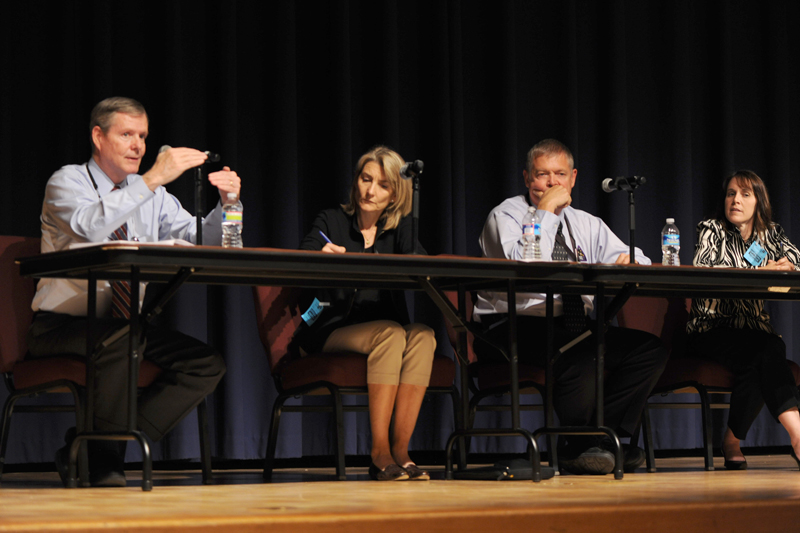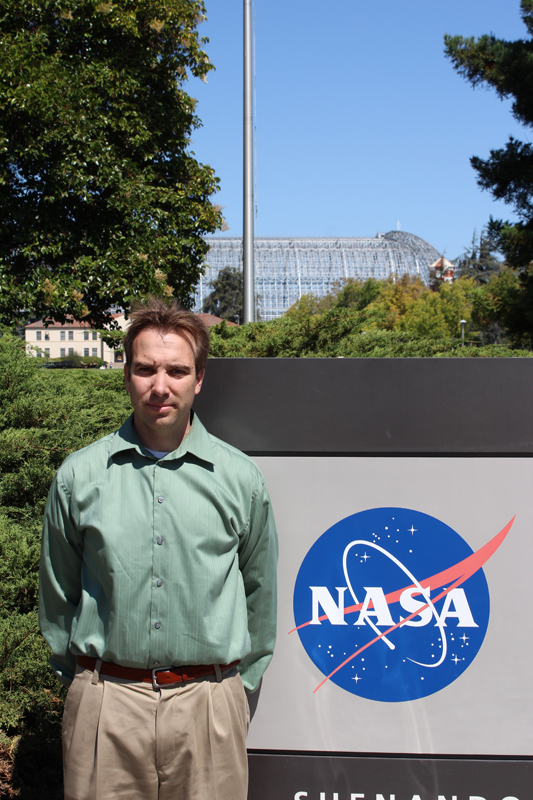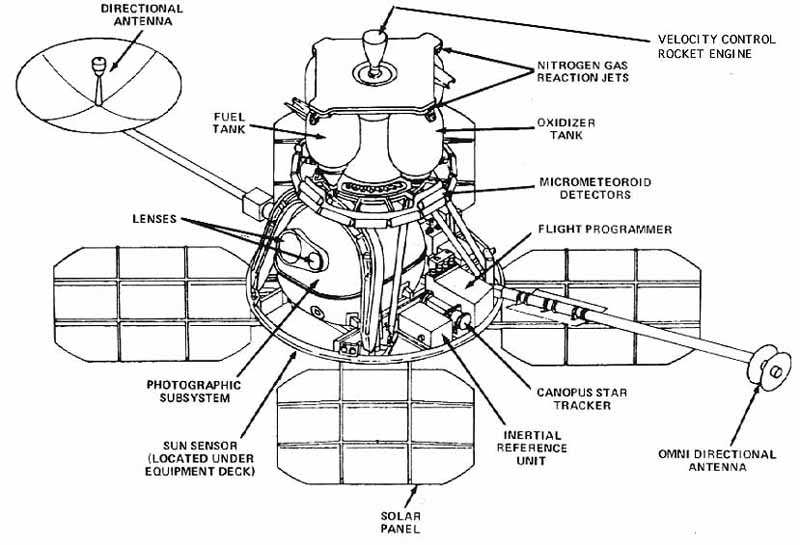August 30, 2012 Vol. 5, Issue 8
With over 100 years of combined aerospace experience, Jack Boyd and Hans Mark have seen it all—and today looks different than the past.
On August 13, 2012, the Academy’s Masters with Masters series featured aerospace heavyweights Jack Boyd and Hans Mark at Ames Research Center. Boyd, senior advisor to the NASA Ames Center Director and 65-year veteran of Moffett Field, served as the former NASA associate administrator and acting deputy center director at Ames. Mark, former NASA Deputy Administrator and Ames Center Director, also served roles as Chancellor of the University of Texas; former Secretary and Undersecretary of the U.S. Air Force; Director of the National Reconnaissance Office; and Director of the Department of Defense/Defense Research and Engineering.
Reflecting on their early careers and offering insights for the next generation, Boyd and Mark covered a range of topics including the transition from Apollo to Shuttle, the agency’s tolerance for risk, the role of research and technology in NASA’s future, models for innovation, and young professional recruitment and career development.
“I think the critical thing is the creation of an atmosphere where people can develop themselves,” said Mark. “You bring a bunch of good people together and create an atmosphere where they can do things and things can happen.”
Both agreed that NASA’s risk posture has changed since their early careers. In the early NACA days, Boyd explained, there was greater freedom to learn and experiment—they could pursue what appeared to be “dumb ideas.”
“Some of those ‘dumb’ things turned out to be remarkable activities,” said Boyd. “R.T. Jones, who developed the swept-back wing, which is on every airplane that flies anywhere in the world, was not permitted to publish his paper when he first talked about it. He thought it seemed like a dumb idea, birds don’t have swept-back wings, why should we?” Another example he cited was the development of the “blunt body” concept, which is now the foundation for all spacecraft undergoing planetary atmospheric entry.
Throughout the program, Boyd and Mark fielded questions and observations from the Ames audience. Both emphasized that bringing in new talent and developing the next generation is critical to the future of the agency and space exploration. “If we could somehow harness the power of these young folks who are really enthusiastic about what they see at a place like AmesI think that would help us tremendously,” said Boyd.
In addition to bringing in an energetic workforce, Mark remarked on the importance of technical excellence. “The necessary foundation of this place has to be technical competence. If you bring a few technically competent people in, others will come,” he said. “There has to be technical competence. That’s number one. You do that by bringing in a few people who have it. Really, the rest of the institution depends on that.”
Watch video of previous Masters with Masters events.









